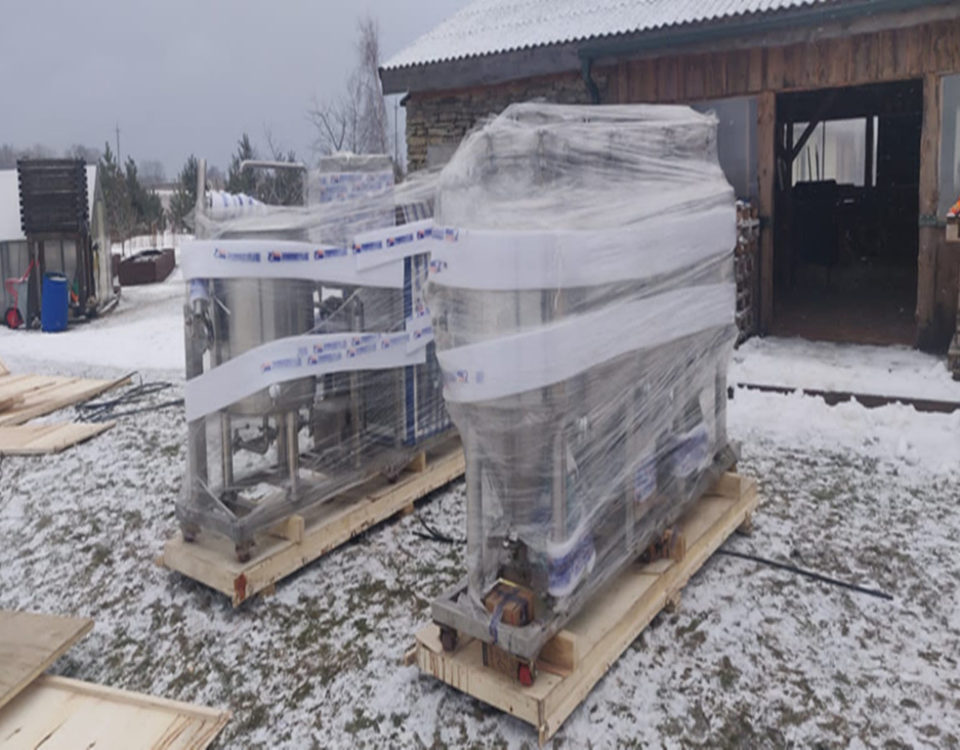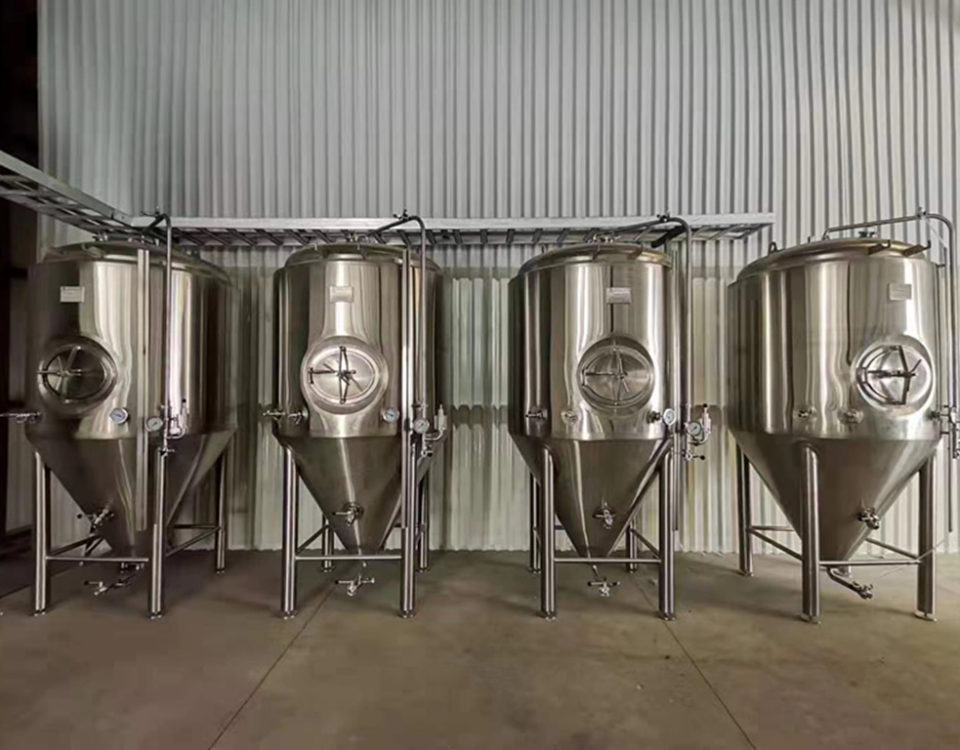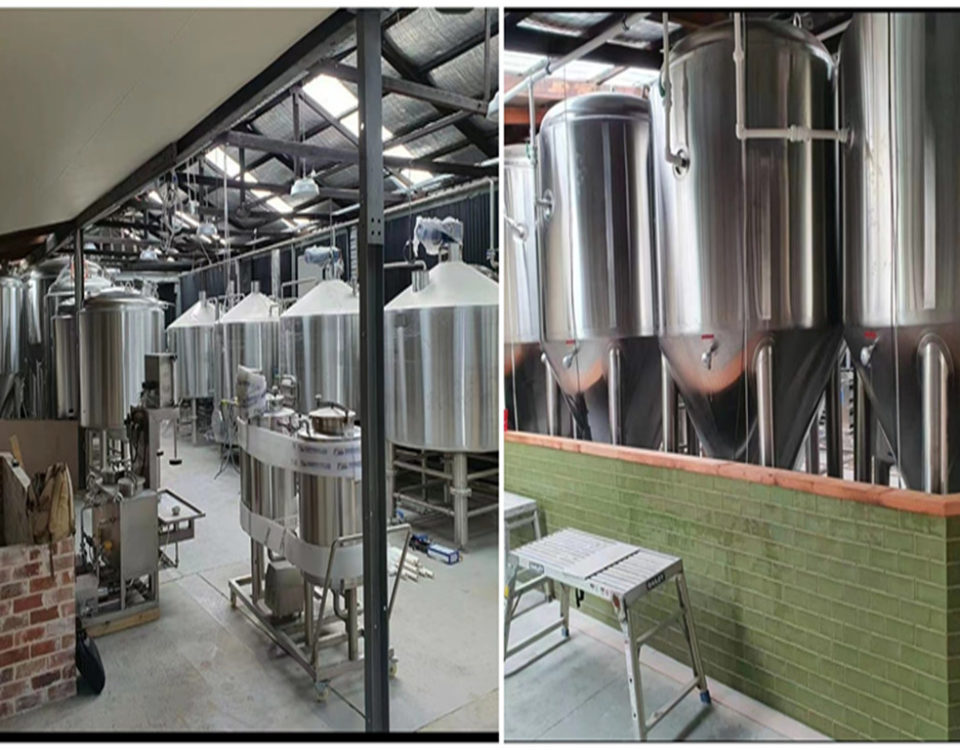
Nano Brewery — Small Can Be Profitable
11/21/2021
Steam heating brewing system — The Pros and Cons
11/18/2021
In the final part of our Commercial beer brewery equipment heating options, we’ll roundup the information from the previous three parts and draw some conclusions. With the aim of helping, you decide which brewery heating options is right for you.
The three main Turnkey brewery heating options are:
Steam – One positive, is steam offers even heat distribution, read the main article here
Direct Fire – It can be quick to heat up the wort in your kettle, please click here for more information
Electric – Main advantage of electric is it’s cheap to install, for more information please click here.
As you can see, they all have their positives, in the previous articles linked above we’ve already done a deep dive into each highlight their pros and cons.
The question becomes, how do I choose the right heating system for my particular brewery setup? Well let’s start by showing a table, with all the information we’ve learnt so far:
I think a good way to work through the problem is to treat the above categories and their own distinct section to explore in details. So, without further ado let’s start with brewery size.
Craft beer equipment size
If you’re brewery is 5HL (4.25 bbl.) or under, in most instances’ electric is your best option. The reason is, you’re most likely a brewpub at this size, possibly in a residential area too.
If you’re in a residential area, your only concern is your steam for your brew kettle with electric. As there’s no boiler or open flame involved.
If having a vent to the outside isn’t viable then, you can run a steam condenser off your brewhouse steam outlet. This will run cold water through the vent and the steam turns to liquid and is directed to a drain.
Electric is cheap to install, as you only purchasing electric elements; there’s no boiler, pipes and water treatment unlike with steam. It takes up less space and the only major issue is if your elements blow out during a brew.
So, for a smaller brewery, the low initial start-up costs, ease of set up and the fact it takes up little space makes electric the ideal option.
Electric for your heating source is good up to 10bbl. (11.7HL); you do have larger electric breweries. However, as elements get bigger, they need to draw more power from the mains. A lot of buildings aren’t a rated to draw such power.
The installation costs to provide power for a larger electric brewhouse could be prohibitive. That’s when direct fire becomes a viable alternative.
Brewhouse in the 5HL (4.2 bbl.) to 17.5HL (15 bbl.) Range.
So, as we said electric is good up to 11.7HL (10 bbl.), if you’ve a building which can draw enough power. If it can’t, then direct fire could offer a viable alternative. The set-up costs are more expensive than electric, but still cheaper than steam.
Furthermore, the space needed for direct fire isn’t too big either, depending on the system you use. With a brewhouse in this size range, you’re most likely a tap room or brewpub, where space is a priority.
Also, it’s easy to run as there is no boiler, boiler room or piping. Plus, if you’re in a residential area, then it’s also more likely to pass regulations for installation, than using steam as well.
Direct fire can quickly heat up wort (the quickest of the options) however, it’s prone to hot spots leading to caramelization, especially if using direct fire heating from the bottom. This issue is less of a concern with indirect fire (jackets/coils) but you can still get some caramelization.
In this range of brewery size, steam is an option too. However, you’re most likely going to use an electric steam generator rather than a dedicated gas boiler. They take up less room and are easier to maintain.
With Chinese equipment manufacturers, they often suggest this option. In China regulations for housing a steam generator in your building may not be as strict as elsewhere. I’ve even seen a 300L system in Thailand with electric steam generator.
Before considering steam for your system, please make sure with your local authorities, use of a steam generator is allowed at your location.
All options are a possibility of Commercial beer brewery equipment
- Steam: If you can pass local regulations for the steam generator, your budget allows for it and you want to use steam elsewhere (more on this later).
- Electric: If you building is able to draw enough power, your budget is lower and local regulations make direct fire or steam hard to install.
One downside with electric is; it takes longer to get to boil, the larger your system is. Plus, the boil might not be too vigorous either. - Direct Fire: If you’re budget stretches to it, and local regulations allow, then direct fire might be a good option especially if you’re brewing in a remote location (as you can use propane).
Brewhouse 17.5 HL (15 bbl.) and Above
On larger commercial beer brewery equipment , I would always suggest steam. When you’re at this level you can use the steam elsewhere. It can be used for your keg/cask cleaner, for your barrel program and sterilizing compressed air for wort aeration.
When you get to a craft beer brewery equipment this size15 bbl. (17.5HL+), you’re in production brewing territory. You may have a 3,4 or 5+ vessel system so, having steam to heat both the HLT (hot water tank), mash tun, and brew kettle can be advantageous.
It can save you a lot of time for each brew. So, if you’re doing multiple brews per day, the labour and time savings made, can help pay back the extra expense of installing a steam boiler over time.
At this level the amount of electric you would need to draw is too much for most locations. You can still use direct fire but, the benefit of being able to use steam on multiple brewhouse vessels makes it more appealing.
The larger the turnkey brewery ; the more appealing it is to install a calandria, it gives greater control of the boil and evaporation rate. Furthermore, it is easier to replicate the processes from brew to brew.
Brewery Heating Options: Initial Start-Up Costs.
If you’ve a small brewpub (no more than 500 liters) and limited budget, then electric is probably the way to go. The installation and local regulations are easier so, path to opening smoother. Plus, it’s the cheapest option of the three as well. Granted, it’s the most expensive to run but, at the smaller size with space saved it makes sense.
In the midsize range it’ll probably come down to which utility is cheaper at your location, gas or electric. If you have access to natural gas then direct fire might be the best option. The start-up costs are higher but the ongoing running costs are less than electric in most locations.
Also, if you’re in an out of the way location, then propane might be the best way to heat your brewery. It really comes down to price plus availability at your site.
When it comes to steam it’s the most expensive option but, at a certain size the advantages really stack up. It represents the best of the brewery heating options because; the heating is efficient, gives even heat distribution, color pickup is low, it’s relatively quick and can be used in other parts of the brewery.
Differential Temperatures/Hot Spots
- Steam offers the most consistent of brewery heating options. When using steam jackets, they won’t get as hot as direct fire jackets. Plus, the heating is even so, the chances of hotspots or caramelization is low.
- Direct fire under the kettle is likely to be the worst for hotspots, to the extent clean up after boil is often harder due to “caked” on deposits afterwards.
- Electric with low density elements will also lead to some localized hotspots around the elements. However, with modern elements the chances of scorching are reduced but, some caramelization will mostly likely occur.
One thing to note however, for some beer styles caramelization is desirable or even true to style. In some Scottish ales, longer boils and caramelization are wanted. So, if your core range has several beer styles where caramelization is desirable then direct fire could be prefect.
Turn Brewery Heating Options: Speed of Heating
When brewing, especially if you’re doing multiple brews in one day; being able to heat up your mash or wort quicker is preferred. You’ll save on time and labour costs. Electrical elements can often take the longest with their low-density elements plus, the boil might not be as vigorous.
Direct fire can heat up the kettle quickly but a lot of the “heating power” is lost to the air around the kettle. Indirect fire coil or jacket offers less “heating loss” with a coil being the most efficient as it’s immersed in the wort.
Steam, is pretty good at heating up wort in the kettle quickly. However, it’s definitely preferred on a mash tun. The steam jackets properly designed for a mash tun, will heat up the mash at 1°C per minute.
You don’t have to move the mash somewhere else (unlike electric), and no chance of scorching the mash (unlike direct fire).
When it comes to direct fire, localized hot spots are a big concern. Yes, they can heat up the mash quickly BUT, you might denature enzymes or the grains can become scorched leading to off-flavours.
When it comes to speed and even heating steam wins this round every time.
Uses Around the Brewery
So, steam is the only one of the brewery heating options you can use for other parts of the brewery. You can use it for:
Heating all other brewhouse vessels, including CIP unit
Cleaning and sterilizing kegs/casks on a dedicated cleaning machine
Sterilizing compressed air to sterilize wort
Cleaning wooden casks for your barrel program.
I’m sure there are other uses too, I will add them when I think of them. If you’re a larger brewery being able to use the steam elsewhere, really is important factor in your overall decision-making process.
Brewery Heating Options: The Vigor of the Boil
OK, so a lower priority than some other factors, when deciding on your heating choice. However, it’s worth noting here. A vigorous boil is desired for good evaporation rate, and to make sure unwanted volatiles are driven off.
Brewery Heating Options Conclusions
When deciding which of the brewery heating options is right for you, isn’t easy. The key factors to consider are:
Location – Are you in a residential area? In an industrial zone or say on a farm?
Budget – How big is your budget?
Building – Are you a brewpub with little space? What are the local building codes for your building like?
Utilities – What type of electric is available at your location? What are the prices for gas an electric where you are? Is propane a more convenient fuel for you?
How big is your brewery – If you’re small then electric is probably best? If you’re larger, being able to use steam elsewhere might be useful to you.
Then there are some other parameters like colour pick-up, how vigorous do you want your boil to be, speed of heating and potential for hot-spots and scorching which need to be considered.
All these factors, when considered together, will ultimately decide which heating method you choose for your brewery. I understand with all these options and factors, it’s not an easy decision to make.
If you need some help in these matters or with other issues regarding a potential brewing project then please feel free to reach out to me for assistance.




